Increased algal growth, loss of biodiversity, oxygen depletion in water bodies, and ecosystem degradation are caused by ocean eutrophication, a process driven by nutrient enrichment, especially nitrogen and phosphorus. To monitor the problem and evaluate the effectiveness of remedial actions, scientists need access to reliable data and visualisation products.
Currently, EMODnet Chemistry’s data infrastructure stores more than 600,000 datasets and CDI metadata for eutrophication. The datasets are managed by tens of data centres, and a robot harvesting system allows all datasets within a configured query filter to be automatically retrieved from connected data centres. The number of records per group of variables is shown in the table below (updated to 30 June, 2022).
Group of variable | No. of records |
|---|---|
Chlorophyll | 346712 |
Dissolved gases | 746722 |
Fertilisers | 517036 |
Organic matter | 64767 |
Silicates | 377457 |
The measurement data, as delivered by the originators, are accessible through the CDI Data Discovery and Access Service:
The Service provides relevant metadata, including the identifier, data originator, and data holding centre for all datasets. Depending on the specific sharing policy (public, restricted, or moratorium) applied by the originator, data can be downloaded after user registration and a shopping request.
Data collections of standardised, harmonised, and validated datasets are available for six sea regions, as shown in the figure below.
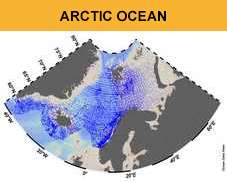 Eutrophication in the Arctic DOI: 10.6092/xe56-z804 | 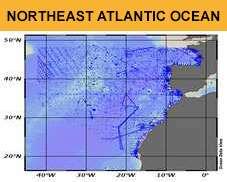 Eutrophication in the Atlantic DOI: 10.6092/hmh8-x461 | 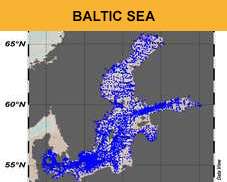 Eutrophication in the Baltic DOI: 10.6092/w67j-4p80 |
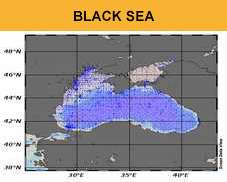 Eutrophication in the Black Sea DOI: 10.6092/e9jp-ra41 | 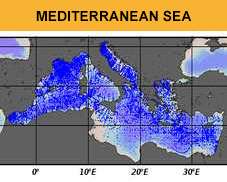 Eutrophication in the Mediterranean Sea DOI: 10.6092/ep6n-tp63 | 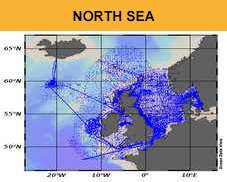 Eutrophication in the North Sea DOI: 10.6092/64h8-3q06 |
Each regional data collection is accessible through a digital object identifier. The aggregated data are available in the ODV csv spreadsheet format, which can be easily handled and visualised using the ODV Software. Multiple parameter codes (P01 terms) and associated standard units (P06 terms) are automatically aggregated and standardised using the EMODnet Chemistry P35 vocabulary.
All datasets have been subjected to a stepwise aggregation process. First, they were processed and validated using the ODV tools. Second, a data harmonisation and quality assessment was carried out for each region. The entire process is detailed in the guidelines.
Furthermore, we made available detailed information on sampling, analytical and QA/QC procedures required to evaluate data comparability provided by data originators which is also accessible in the metadata.
The eutrophication data collections are available on the Central Portal through the EMODnet Catalogue Service and through the external webODV Data Explorer and Extractor service, which allows users to explore, visualise, and extract subsets of the data in a simple way using their web browser.
A clear and concise explanation of this ODV online tool is given in a dedicated video tutorial and the user manual .
Validated data collections are the input data for preparing spatially-interpolated concentration maps using data-interpolating variational analysis (DIVA) and DIVAnd softwares. In particular, these products comprise gridded climatologies that display the spatial (depth) and temporal variations of the concentrations of:
- Dissolved inorganic nitrogen (DIN),
- Phosphate,
- Silicate,
- Chlorophyll-a,
- Dissolved oxygen.
The maps are elaborated considering:
- Combined data for all European Seas,
- Data per sea region
- Data for specific coastal areas.
Horizontal sections of the 4-dimensional fields (longitude, latitude, depth, and time) can be visualised at a selected depth and time. The climatological fields can also be interpolated and visualised on arbitrary vertical sections.
Data products are accessible on the Central Portal through the EMODnet Map viewer service and the EMODnet Catalogue Service, where users can also retrieve the full set of metadata, originators, and distributors.
The products can be freely used for non-commercial and educational purposes. However, the data in the maps have been homogenised and filtered to allow comparisons between countries. Therefore, EMODnet Chemistry’s visualisation products may not be comparable to source data accessible through other platforms.
EMODnet Chemistry is not responsible for the use of the data and products by third parties. Users are requested to give due credit to the EMODnet Chemistry project and the data originators.
